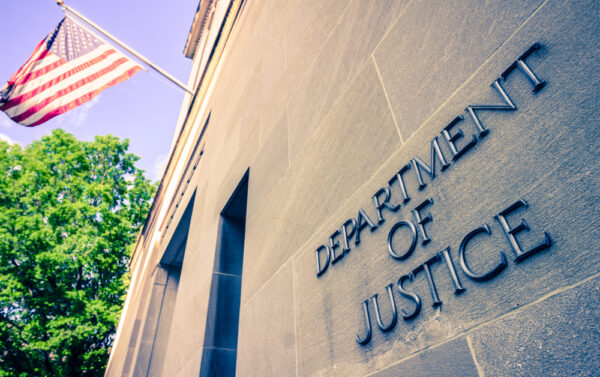While it’s hard to believe that anyone would have purposely brought about the rampant opioid abuse currently engulfing our nation, it’s obvious to many, judging by the long string of lawsuits that have paraded through our courts for the past decade, that a small few in the pharmaceutical industry most likely acted with a certain level of recklessness and misconduct—feeding the now out-of-control blaze that continues to leave a scorched landscape of ruin and wretchedness in its wake.
The story began over 10 years ago, when Stamford, Connecticut’s Purdue Pharma first released OxyContin. This new formulation of an opiate along with a time-release coating promised to deliver better results for long-term pain patients—without the propensity for abuse as seen with other opiates. Hailed as a new era of analgesics, Purdue—previously known for such pharmaceutical products as Senokot laxatives and Betadine antiseptic solution—proudly proclaimed themselves “pioneers” in the area of patient pain management. In the first 12 months, OxyContin sales hit $45 million. Over the first five years following FDA approval, OxyContin sales topped an unprecedented $1.1 billion—accounting for nearly one-third of all pain pills sold in the United States. How did such a relatively small player achieve such gains so quickly?
The answer unfolds like a storybook saga, a tale that has been told many times—primarily one of greed, deception and misery. While the operatic overtones might seem a bit outlandish, the truth is even more bizarre. Under the guidance of Purdue and later Abbott Laboratories, OxyContin experienced a sales push unlike any other prescription drug in history. Staff referred to the sales group as chivalrous crusaders and key management even dubbed themselves with noble titles such as the “King of Pain” and the “Empress of Analgesia” within internal communications. Their mission was to pursue a holy grail of sorts—to make OxyContin the number one prescribed pain medication at all costs.
Unfortunately, many players in this rendition of “Pharmalot” quickly redefined their roles from righteous champions to radical zealots—warriors not afraid to wield aggressive sales tactics and deceptive product details in a battle for market share. Internal documents obtained by health and medicine journalists, STAT News, show that sales reps frequently downplayed the risk of addiction and misled doctors with unscientific-based claims. The company itself opened the door to even worse behavior by offering luxury vacations and cash bonuses of $20,000 or more, for top sales numbers. In hindsight, it’s seen that such actions literally fueled a firestorm—as more and more prescriptions of this dangerously addictive drug found their way into the hands of the general public, the more it was misused and abused—ultimately finding its way onto the streets. Even as we witness the aftermath, we still wonder where the line lay that separated intentional actions from inadvertent results. Did a single pharmaceutical company spark an opiate epidemic?
The story is still playing out, both in the courtroom and in the laboratories, as big pharma tries to contain the situation—but one must wonder if shutting the barn door after the horse has gotten free will do any good. Prescription opioids now kill more Americans than illegal ones, and it’s a trend that continues to cripple the small towns and rural areas which make up the backbone of our nation. While assigning accountability for an injury can be a key part of the healing process, we must first be sure that the threat is neutralized and we’re on the road to recovery—not further ruin.

The Legal Examiner and our Affiliate Network strive to be the place you look to for news, context, and more, wherever your life intersects with the law.

















Comments for this article are closed.